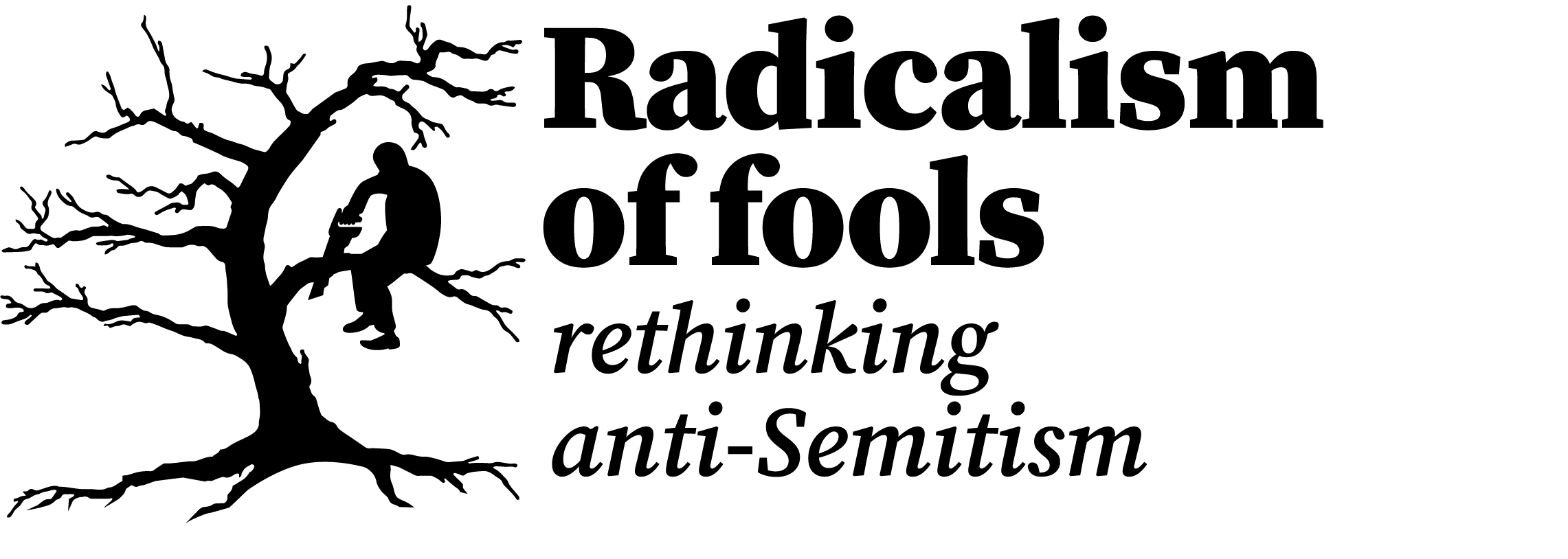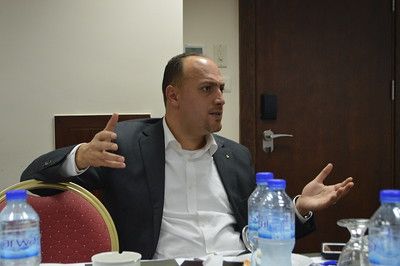A picture may be worth a thousand words but it takes a lot more than that to understand the conflict between Israel and the Palestinians. To grasp its relationship to anti-Semitism demands many more.
Yet time and again, most strikingly on social media, individual images are held up as showing the truth on such matters. I touched on this in my previous article on the killing of Shireen Abu Akleh, an Al Jazeera journalist, but it is such a pervasive phenomenon it deserves more comment.
The best way to start is probably with one image that typifies the genre. Take this tweet from Husam Zomlot, the head of the Palestinian Mission to the UK and strategic affairs adviser to the President of Palestine (see below).It shows the by now infamous video clip of Israeli police attacking the pallbearers of Abu Akleh’s coffin on the day of her funeral. The associated tweet reads: “This tells you all you need to know about the greatness of the dignified people of #Palestine and the brutality of the Israeli Apartheid even as we were bidding farewell to our beloved friend Shireen Abu Akleh in #Jerusalem”.
The first thing to note is that it is extremely common for such images to be used in an extremely selective way. For example, showing a Palestinian being shot by Israeli police without mentioning he had stabbed someone just seconds earlier. It is not just the general public but journalists who are often responsible for such practices.
But let us assume for a moment that this particular image shows exactly what it purports to show. Israeli police are attacking the pallbearers for no reason. Would that tell you “all you need to know”, to use Zomlot’s own words, about the conflict between Israel and the Palestinians?
Think for a moment about how Israel came into existence in the first place. Does the video clip explain how Zionism emerged as a response to anti-Semitism in Europe? Does it explain the failure of the European left to tackle anti-Semitism? Or the success of the Holocaust as a genocidal project to exterminate the world’s Jews? Or the expulsion of Jews from Arab lands after Israel was founded in 1948? Or whether Israel represents the right of self-determination of the Jewish people? Or how contemporary threats to exterminate Jews, implicit and sometimes explicit, strengthen Israel’s resolve?
Of course it does not and cannot explain any of these things. Yet anti-Israel activists all too often seem to assume there is no need to even consider the Israeli side of the story.
Or take the Palestinian perspective. Does the video clip explain how they unwittingly became the indirect victims of tragic events in Europe? Or how they became the vehicle for Arab aspirations after the defeat of several Arab regimes in the 1967 war with Israel? Or how Palestinians were themselves brutalised by many Arab regimes and were held back from integrating with the general population? Or how Arab regimes manipulated the Palestinian cause to shore up their own legitimacy? Or how their right to self-determination can be realised in such difficult conditions?
Then there is, as I have previously argued, the third local element in the story: the rise of Islamism to prominence from the 1990s onwards? This was apparent in the video clips of Abu Akleh’s funeral but nothing that I have read has commented on this fact. Abu Akleh was Christian yet there were many chants of “Allah Akhbar” (God is great) audible at her funeral. To be sure the funeral march was open to the public but this suggests to me that there were at least some Islamist militants attending. It would be almost inconceivable for that not to be the case in those circumstances. In the Palestinian environment this means supporters of Hamas and smaller Islamist groups such as Islamic Jihad. So that raises questions of why such groups have come to the fore among the Palestinians in the last couple of decades. Such quandaries should be particularly pertinent for Husam Zumlot as a representative of mainstream Palestinian nationalism. He would do well to reflect on why the movement he represents has been sidelined by Islamist groups. The political movement he belongs to is now widely viewed, even by many Palestinians, as ageing and corrupt.
I certainly do not claim to have all the answers to what are in many cases immensely difficult questions. But it is foolish to assume that one image purporting to show a simple battle between good and evil reveals everything anyone needs to know. That is demeaning to both Israelis and Palestinians. It is also blind to the problem of historical and contemporary anti-Semitism as a key dynamic behind the conflict.
PHOTO: "Husam Zumlot" by bbcworldservice is licensed under CC BY-NC 2.0.
This tells you all you need to know about the greatness of the dignified people of #Palestine and the brutality of the Israeli Apartheid even as we were bidding farewell to our beloved friend Shireen Abu Akleh in #Jerusalem pic.twitter.com/P1fM8JUiFh
— Husam Zomlot (@hzomlot) May 13, 2022

